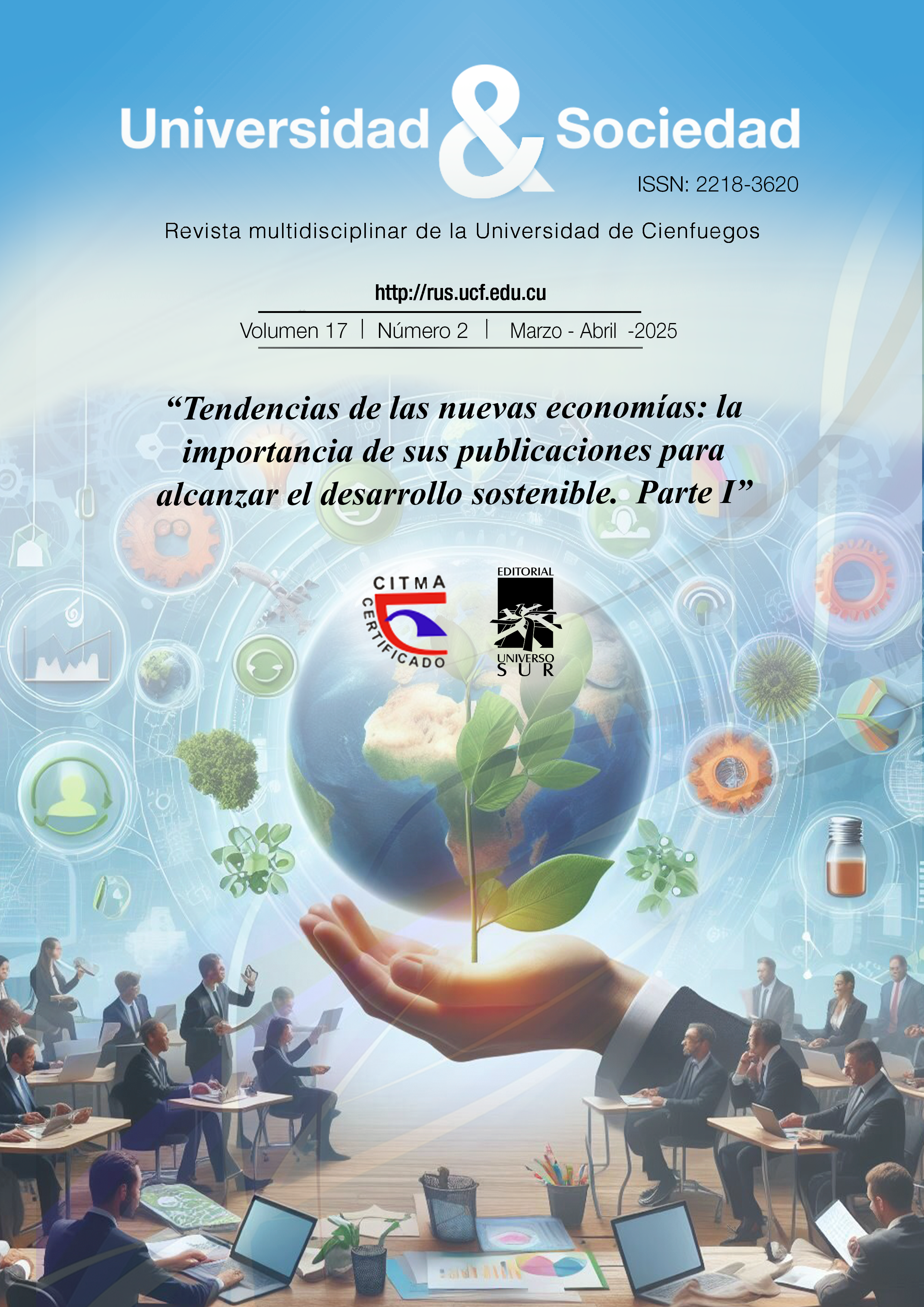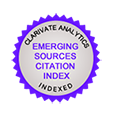Sensory Disability in Latin America: an analysis from the perspective of education and social inclusion
Keywords:
Sensory disability, Inclusive education, Assistive technologies, Accessibility, Public politics, Latin AmericaAbstract
Sensory disability can be either acquired or inherited, which generates limitations in carrying out activities and social participation. Therefore, sensory disability is defined as a complex phenomenon in which social and human characteristics play an important role. Sensory disability is divided into auditory and visual disabilities. This study analyzes the prevalence, impact, and challenges of sensory disability in Latin America. A qualitative approach was used, with a systematic literature review conducted in peer-reviewed databases (Scopus, JSTOR, Google Scholar) from 2019 to 2024.
The results show that in Latin America and the Caribbean, 14.7% of the population has a disability, with specific rates of 5.1% in Mexico and 23.9% in Brazil. In Ecuador, according to registered data, 14.09% of the population has a hearing disability, 11.6% has a visual disability, and 25.69% has a sensory disability.
It is concluded that the main challenges for this population are lack of access to inclusive education, limitations in public politics, and a shortage of accessible resources.
Keywords: Sensory disability, Inclusive education, Assistive technologies, Accessibility, Public politics, Latin America.
Downloads
Published
How to Cite
Issue
Section
License
Copyright (c) 2025 Editorial "Universo Sur"

This work is licensed under a Creative Commons Attribution-NonCommercial-NoDerivatives 4.0 International License.
La editorial "Universo Sur", de la Universidad de Cienfuegos, publica el contenido de la Revista "Universidad y Sociedad" bajo una Licencia Creative Commons Atribución-NoComercial-SinDerivar 4.0 Internacional.
© Podrá reproducirse, de forma parcial o total, el contenido de esta publicación, siempre que se haga de forma literal y se mencione la fuente.










